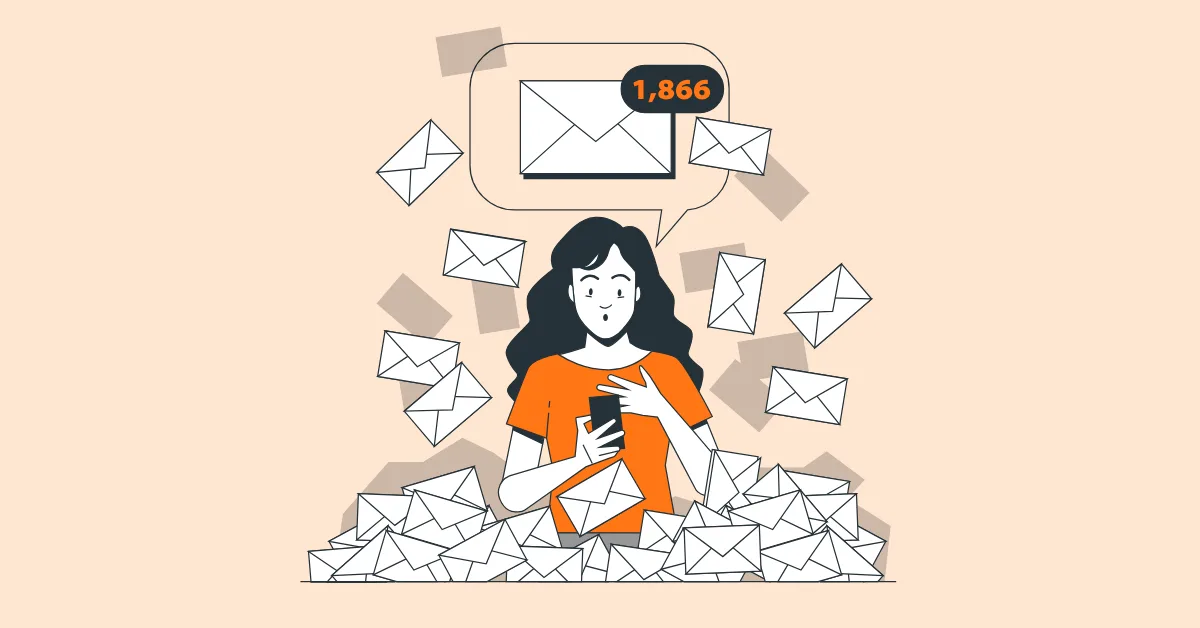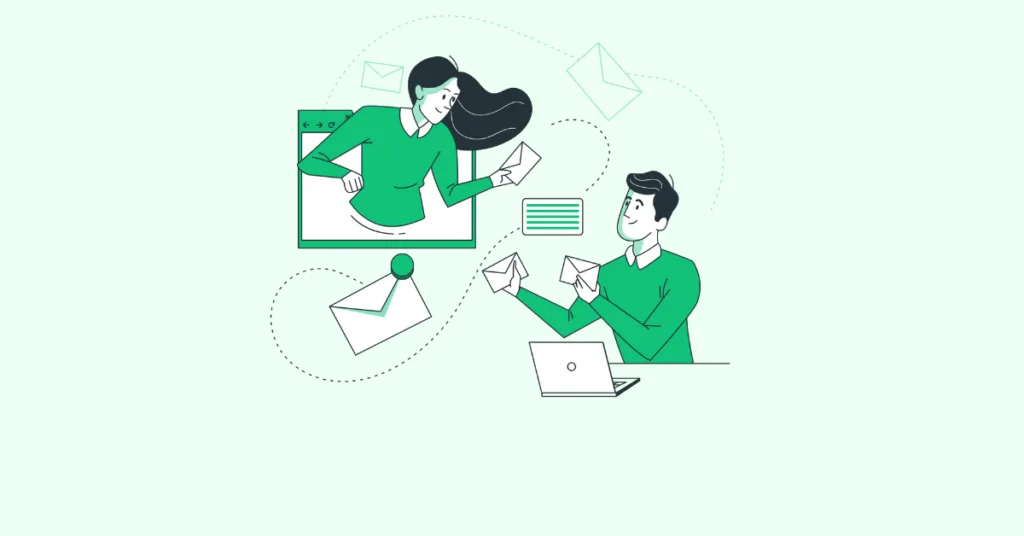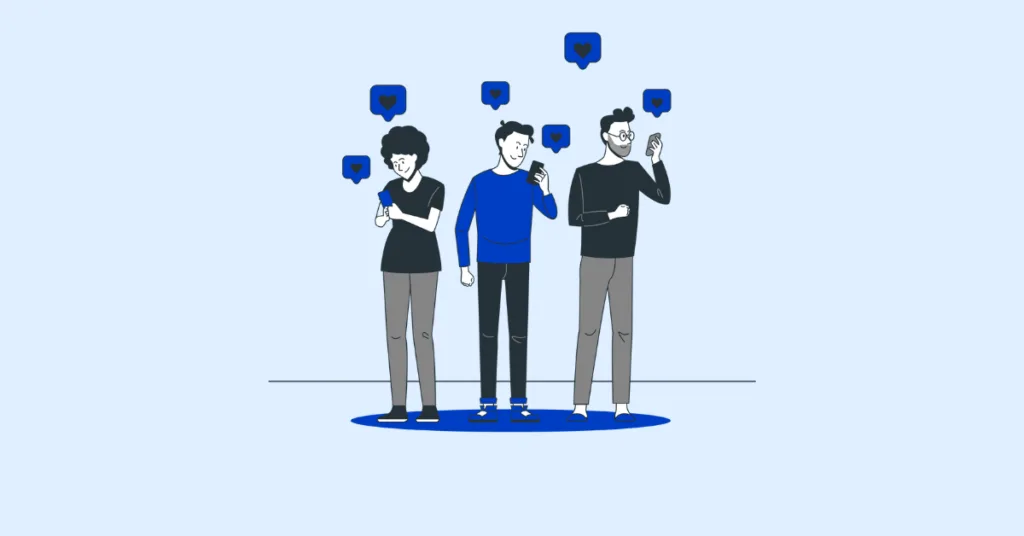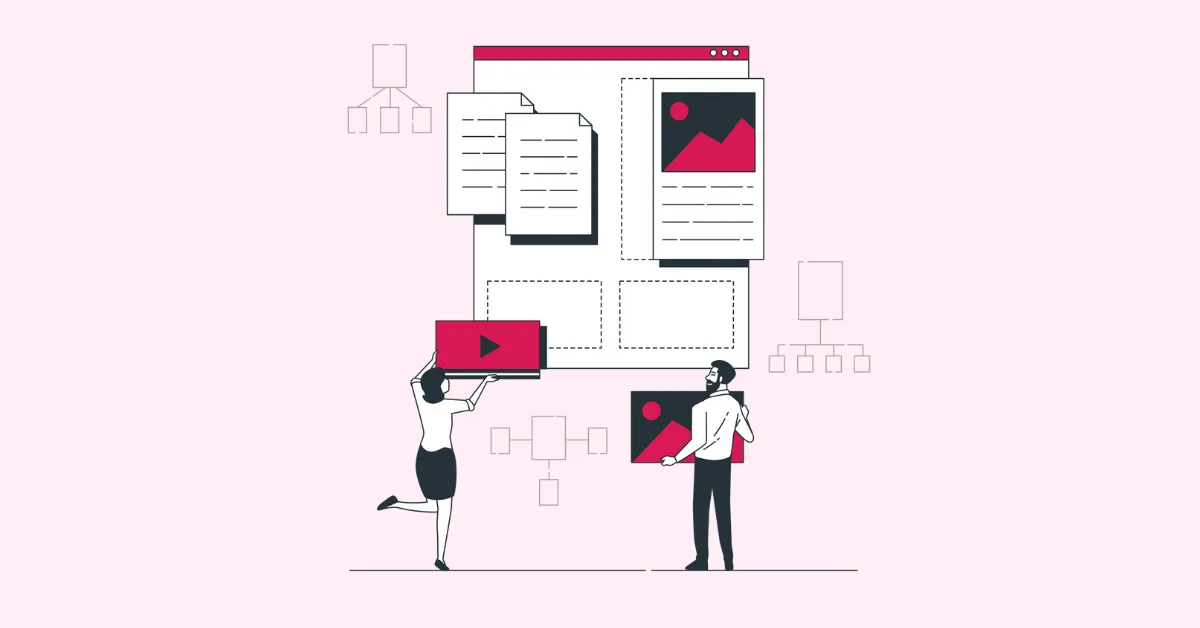Email outreach is one of the most effective ways to build business relationships and gain traffic. This strategy has always been one of the most resultative; however, there are still some mistakes that every marketer makes (or has made before).
I made the same mistakes during my earliest outreach campaigns, which spoiled my attempts to reach key marketing influencers. I faced one big problem – nobody wanted to read my messages! There were even people who completely ignored every single message they got from me.
It was a kind of disaster! I didn’t know what to do! I didn’t know how to “force” the recipients to open my messages and I was rather skeptical that I would ever be able to get a reply.
However, thanks to practice and patience, I was able to identify my mistakes and find ways to avoid them. Thus, in this post, I want to share with you 10 mistakes that might hinder your email outreach.
SIDENOTE: if you are interested in getting more advanced knowledge on how to do blogger outreach for promoting your content, you should read this guide.
Asking for Something Instead of Giving First
Let’s face the truth first – we do email outreach for a reason. We have a specific aim. This aim has a few variations based on what you are trying to accomplish:
- To promote one’s brand
- To share a product or content
- To receive backlinks
However, the problem is almost every marketer or business owner wants the same as well. That’s why there is a dilemma – how do you ask your recipient to promote your service or content via his or her web channels?
Let’s compare two types of messages.
Here is the first example:

This is my own example of an ugly email template I used before. As you can see, I didn’t offer anything. I just asked what I needed from the recipient straight out. No words about his personal article; no words about our service; there is nothing at all of importance to him.
And here is the second example:

I bet you would agree with me that this email is far better in contrast to the example above. Here I paid attention to the recipient’s article, sharing my thoughts about it. It is very important for the recipient to see that you have checked his or her work, you’ve made a conclusion about it and you would like to discuss it further.
Afterward, it is important to segue to the heart of the matter. You should find a “catch”. And, most importantly, you should never ask about linking or sharing your content. It is better to ask the recipient’s point of view or share some thoughts or tips about the subject of the message you had sent before. NEVER show your “pure” aim of reaching out. If the recipient finds your material useful, he or she will be more likely to link to it and share via social media channels.
Thus, think first – think about what you can give them and only then ask for something you need.
Using Flattery Instead of Doing Your Research
It takes a great deal of time to send a batch of messages during your email outreach. I won’t deny that everyone skims throughout the posts emailed to us, but I am sure there aren’t many marketers who read these pieces of content from A to Z.
The worst thing some marketers try to do is flatter their recipients, sending them emails trying to convince them that they have read and enjoyed their articles. Ah, such fantastic lies!
Here are some examples of “false” phrases indicating flattery:
- “…Your article is awesome. Lots of useful information that I will definitely consider using.”
- “…I liked your post very much. All these tips are just great and I will use them in my practice.”
And here is an example of a message that has no false flattery and shows evidence that you have done your research first:

You’ve noticed I mentioned only the importance of the topic the author highlights in the article. I didn’t use any flattery words in my introduction in the message. I’ve just shared my thoughts on this topic – that’s all. This is enough to show the recipient you’ve done your research about his or her work because everything you will have to say about their article is your own thoughts and ideas. No need to dive into a long summary; just write a few sentences to get to the point.
Avoiding flattery and sharing your real thoughts in your emails to influencers will help you gain a higher open rate and a solid amount of replies.
Personalized Emails? Never Use It!
Another misconception of an email outreach strategy is the belief that you do not need to personalize your emails.
No one likes to get rough email templates like this:

If you consider this email template from a personalization point of view, you will see that it is empty. No introduction indicating any communication with the recipient. No greetings. It is only the material that the email sender wants to promote. I, personally, skim through these messages but never reply.
But what about personalized email templates?
Well, then it’s a whole new ball game. This type of email is preferred by readers and receives a higher open rate. It is so fascinating to read an introduction where you can observe some thoughts, consents, or even disagreements from the sender. Thus, you can see that the person has paid attention to your personality; he or she has investigated your background information and already knows a thing or two about you and your interests.
Here is an example of a personalized email template:

I must admit, this email has only a few introductory sentences I dedicated to the recipient. Still, it was enough to make a reference to one of her previous works, add some personal “moments from her life” in a subject line, and voila – she took note of my attention to detail and replied.
Here is what I got in return:

Impressed? I was too!
To conclude I want to add – never be lazy about making email templates as personalized as possible. Investigate, search and try to get as much information as you can about the person you are reaching out to before you send that email.
Believing the Subject Line Isn’t As Important
Really? But what is the first thing that you see when you get a new message? Right! You see a subject line. If there is something lazy, pointless, or has nothing in common with your message at all, it won’t be opened and, moreover, replied. I strongly believe that the subject line of each and every email must be personalized.
I bet you will agree with me that it is awesome to open your inbox and see something like this:

Or like this one:

As you can see, the subject lines of these messages were highly personalized. I researched the recipient’s background information, connected it with the primal goal of my email and sent it over.
However, if you still don’t want to bother personalizing every subject line, you should try to write subject lines that get straight to the point of the entire message.
For example, here are a few subject lines I didn’t personalize but got straight to the point:

Or like this one:

To prove the importance of using the right subject lines in every message you send, here are the results in percentages:

The subject line is an indispensable element of emails. Don’t neglect to use it correctly.
Sending a Single Email – No Need to Send a Follow-Up Email
Generally, we don’t like to be a pain in the neck for anyone. Thus, many new marketers doing email outreach tend not to send follow-up emails at all.
The same happened to me – I avoided sending a follow-up email to the recipient after my first message to him or her. I didn’t want to be too persistent or annoying. I thought that my follow-up email would turn the recipient off from responding to me.
Despite that fact, I decided to use this strategy.
I sent a follow-up email to one of my recipients almost two weeks after my first message:

I can’t say that you will always get feedback on your follow-up emails, BUT your chances of getting a reply will definitely increase compared to if you do not follow up at all.
Writing Overly Lengthy Emails
Sometimes marketers want to write overly detailed messages to their recipients talking about every service they offer. Do you realize how many messages respectable marketing influencers get per day? Perhaps hundreds…do you still think someone like Neil Patel will read your long email from soup to nuts?
Odds are, he won’t even skim through it because the general overview of a too-long message tells him “it’s too time-consuming, you should pass over it.” Thus, keep your messages short. The main purpose of every email you send is to present some concrete facts, ask some questions, or offer something of value. Leave your “life story” to someone else – not to influencers you’re trying to reach out to for business purposes.
Sending With Grammar or Spelling Mistakes
It goes without saying that it is inappropriate to make mistakes in the messages you send. It doesn’t matter what kind of mistake it is – grammar or spelling; the matter is you’ve made the mistake (or a few of them) and your professional credibility will be doubted.
 Source
Source
Everyone makes typos, but making repeated grammar mistakes shows amateurism. Remember, you always must be sure about the messages you send – do a double check of what you’ve written before you hit send. Measure thrice and cut once!
Asking Too Many Questions at Once
Imagine getting a message with so many questions you don’t know what the sender actually wanted from you! You might respond to a few such questions, but you wouldn’t want to dedicate much time to it.
Remember one thing, if you want something concrete from the recipient, you shouldn’t refocus his or her attention on various pointless questions. Value the recipient’s time and get straight to what you need!
Not Letting the Recipient Get to Know You
Let me ask you something first: Do you like trying to build relationships with a person you know nothing about?
I, personally, cannot trust an email from a sender I am not familiar with. Personal “transparency” is very important in every kind of relationship, especially when we talk about email outreach! That’s why I highly encourage you to establish your own credibility in your emails – prepare a great avatar with your face, use your real name and, of course, don’t forget to add your signature.
One of the best pieces of evidence of your credibility is your social media presence. Make sure you’ve created accounts on Facebook, LinkedIn, Google+, Twitter, etc., and that they are present in your email. If you need more information on how to improve your social media presence, check out this interview with social marketing strategist Ted Rubin.
“I Got a ‘NO’ So I Won’t Contact Him Anymore”
If you only knew how many times I saw “NO” in my inbox after another outreach campaign (ignoring emails counts as rejection, as well)! I won’t say this happens regularly, but some of the target influencers I was reaching out to when I first started email outreach refused every request I sent.
My first thought was to forget about these targets and never write back to them again. However, my more experienced colleagues convinced me of the necessity to fight until the end – especially if you catch an influencer on the hook in the process. Again, it requires you to send a follow-up email.
Here is an example of an email I sent that was initially “rejected” (please note the date):

I got no reply; nevertheless, I sent a follow-up message (tip: the subject line of a follow-up should be different):

To sum up – never get upset hearing “NO.” Keep reaching out against all odds and you just might get that “yes!”
Taking all the aforesaid into consideration, I must say email outreach is not a snap trick! If you have never dealt with an email outreach strategy, you are bound to make mistakes….nevertheless, you now know 10 of the most common email outreach mistakes to look out for before you start an email campaign of your own.
If you have anything else to add, please, share your thoughts in a comment section – and be social, don’t forget to spread this information via social media!
This guest post was contributed by Sergey Aliokhin, Outreach Manager at Ahrefs.


 Source
Source Source
Source Source
Source Source
Source Source
Source









